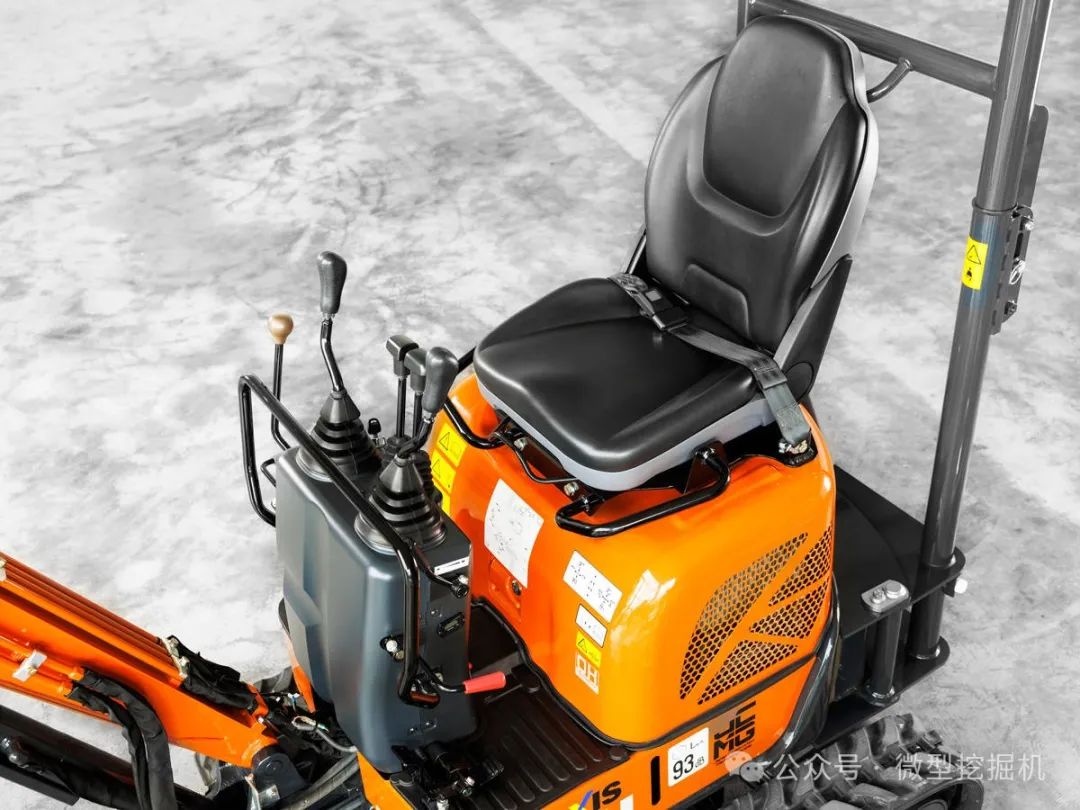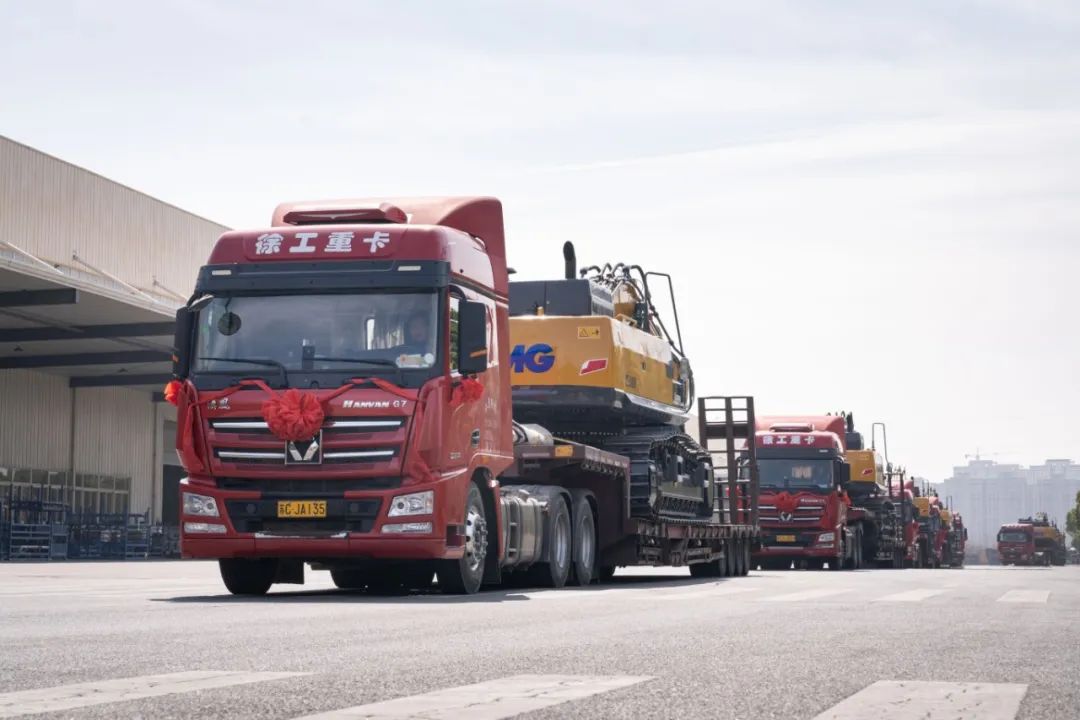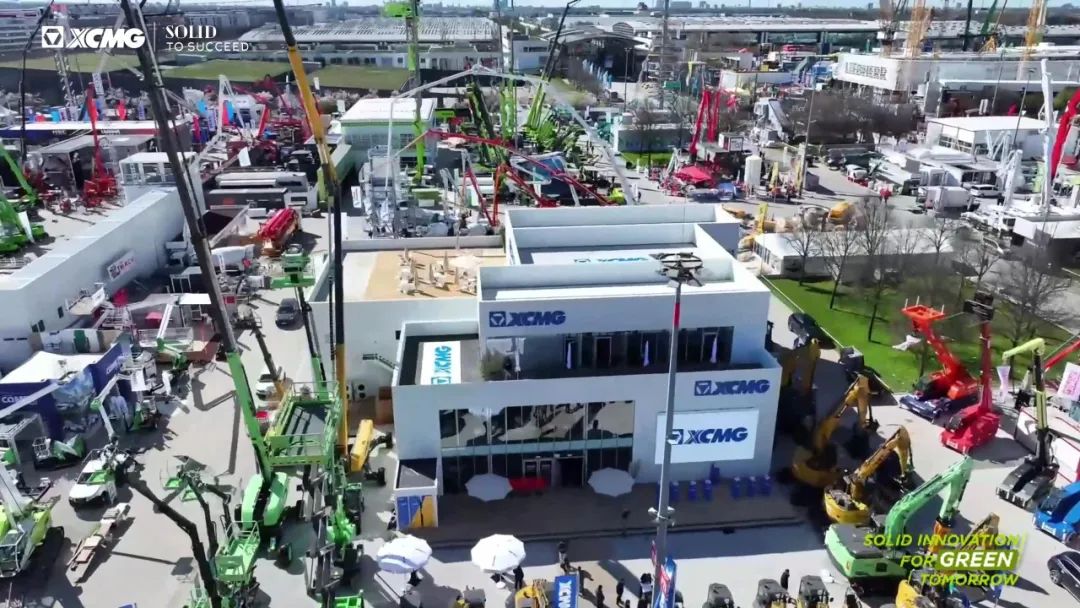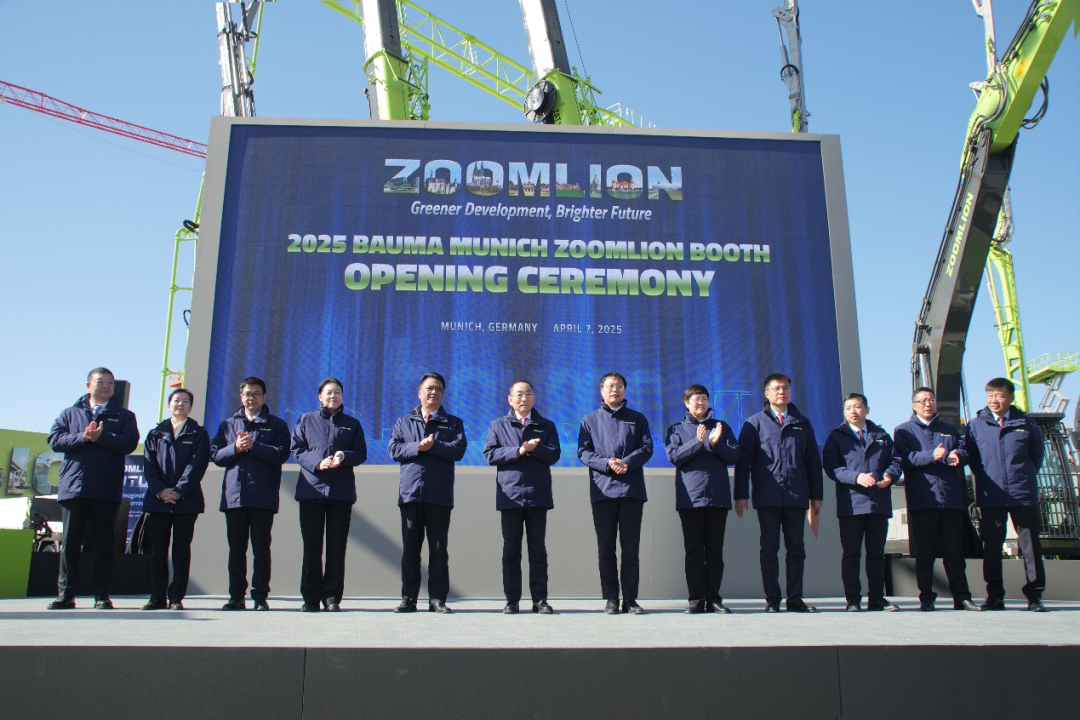Revealing Hitachi’s Smallest Excavator
Today, let's talk about the "small yet refined" members of the giant family of Hitachi Construction Machinery, especially the smallest models of excavators.

SANY SY75C Specs. China Excavator Dealer. SANY Excavator Price in China. If you want to buy SANY Excavators, Please Contact Me!
Today, let's talk about the "small yet refined" members of the giant family of Hitachi Construction Machinery, especially the smallest models of excavators.

The launch ceremony, themed "Official Certification, Revitalizing New Life," marks a significant breakthrough in XCMG's global layout of the remanufacturing industry. It also injects strong momentum into the sustainable development of the global construction machinery industry through innovative practices.

"In Europe, for Europe, XCMG is committed to becoming an important participant and trusted partner in Europe's low-carbon, intelligent, and sustainable development." At the opening ceremony, Yang Dongsheng, Chairman of XCMG Group and XCMG Machinery, stated, "The German-Chinese saying, 'The fast walk alone, the far walk together' is a fusion of wisdom from both nations." He emphasized, "We always adhere to our mission of 'Engineering technology leads, equipment builds a better future' and our sustainable development strategy of 'globalization.' We are determined to create more value for customers and contribute to global sustainable development."

On April 7th, local time, the bauma 2025 exhibition kicked off at the New International Expo Center in Munich, Germany. At 10:28 AM, Mr. Zhan Chunxin, Chairman and CEO of Zoomlion, along with the executive team, launched the company’s theme exhibition titled “Green · Intelligent Manufacturing, Building a Beautiful World Together.” On the day of the event, new product releases from various sectors of the company continued, with intensive product sales and strategic cooperation agreements being signed, and global customers engaging in continuous discussions. At this prestigious industry exchange event where top global brands gathered, Zoomlion’s expanding global customer base not only showcased the results of the company’s global development but also highlighted the role of Chinese equipment manufacturing companies, represented by Zoomlion, in leading the trends of digital, intelligent, and green development in the industry.
